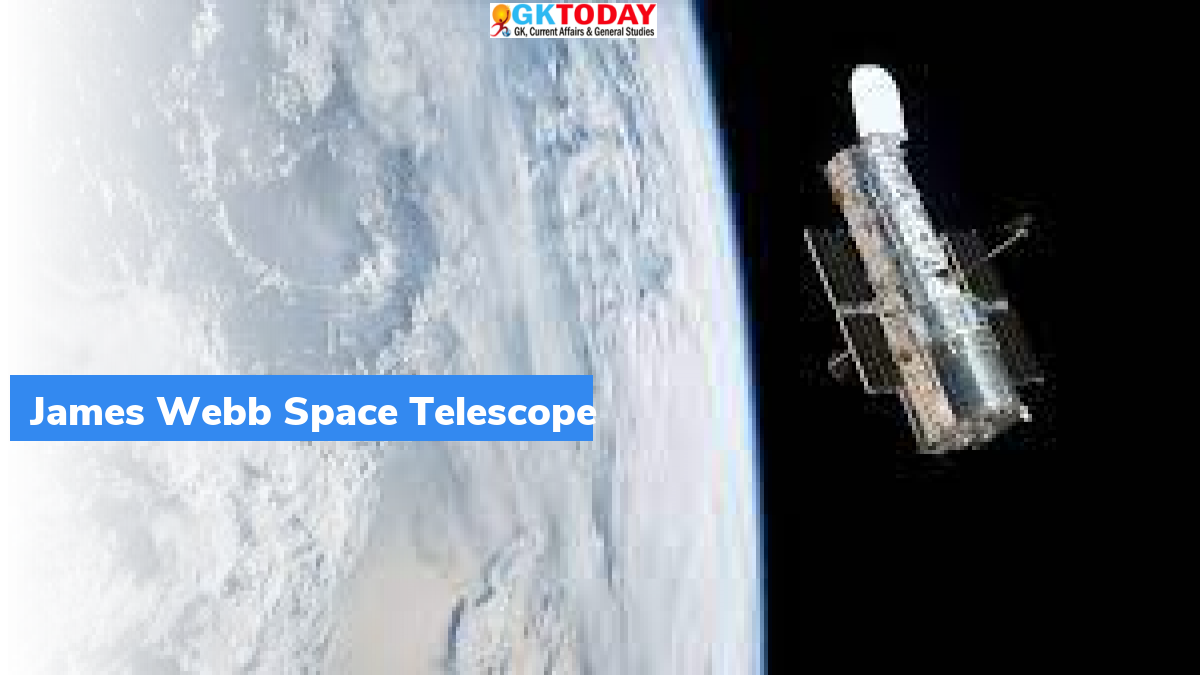Discovery of Jupiter-Mass Binary Objects in Orion Nebula
Dozens of planet-sized objects have been discovered in the Orion Nebula through observations made by the James Webb Space Telescope, raising questions about the formation of these entities. These objects, termed “Jupiter-mass binary objects” or “Jumbos,” do not fit the conventional definitions of stars or planets as they are not in orbit around a parent star. The discovery challenges existing theories of star and planetary formation.
Jupiter-Mass Binary Objects (Jumbos)
- The James Webb Space Telescope has captured images of Jupiter-mass binary objects (Jumbos) in the Orion Nebula.
- These objects are smaller than stars but do not conform to traditional planet definitions because they are not orbiting a parent star.
- The existence of Jumbos raises questions about the processes that lead to their formation within nebulae.
Unexpected Observations
- Ground-based telescopes hinted at the existence of such objects, prompting further investigation with the James Webb Space Telescope.
- These objects challenge existing physics theories, as they are believed to be too small to form through the same processes that give rise to stars within dust and gas clouds in nebulae.
Composition and Characteristics
- Jumbos exhibit planet-like characteristics in their composition, with atmospheres containing steam and methane.
- Despite their composition, they do not qualify as planets due to their free-floating nature.
Limited Habitability Potential
- Jumbos are approximately 1 million years old, with surface temperatures around 1,000 degrees Celsius.
- While they briefly reach temperatures within the habitable range, they lack liquid water on their surfaces, making them unlikely candidates for hosting alien life.
Orion Nebula and Observations
- The observations were conducted in the Orion Nebula, a region of massive star formation visible in the Orion constellation.
- The nebula is approximately 1,344 light-years away from Earth and offers insights into various celestial processes.
Theoretical Challenges
- Existing theories suggested a lower limit for objects formed through star-like gravitational collapse to be about three to seven Jupiter masses.
- The discovery of Jumbos, some in binary pairs, presents challenges in explaining their formation mechanisms and interactions.
Month: Current Affairs - October, 2023
Category: Science & Technology Current Affairs








